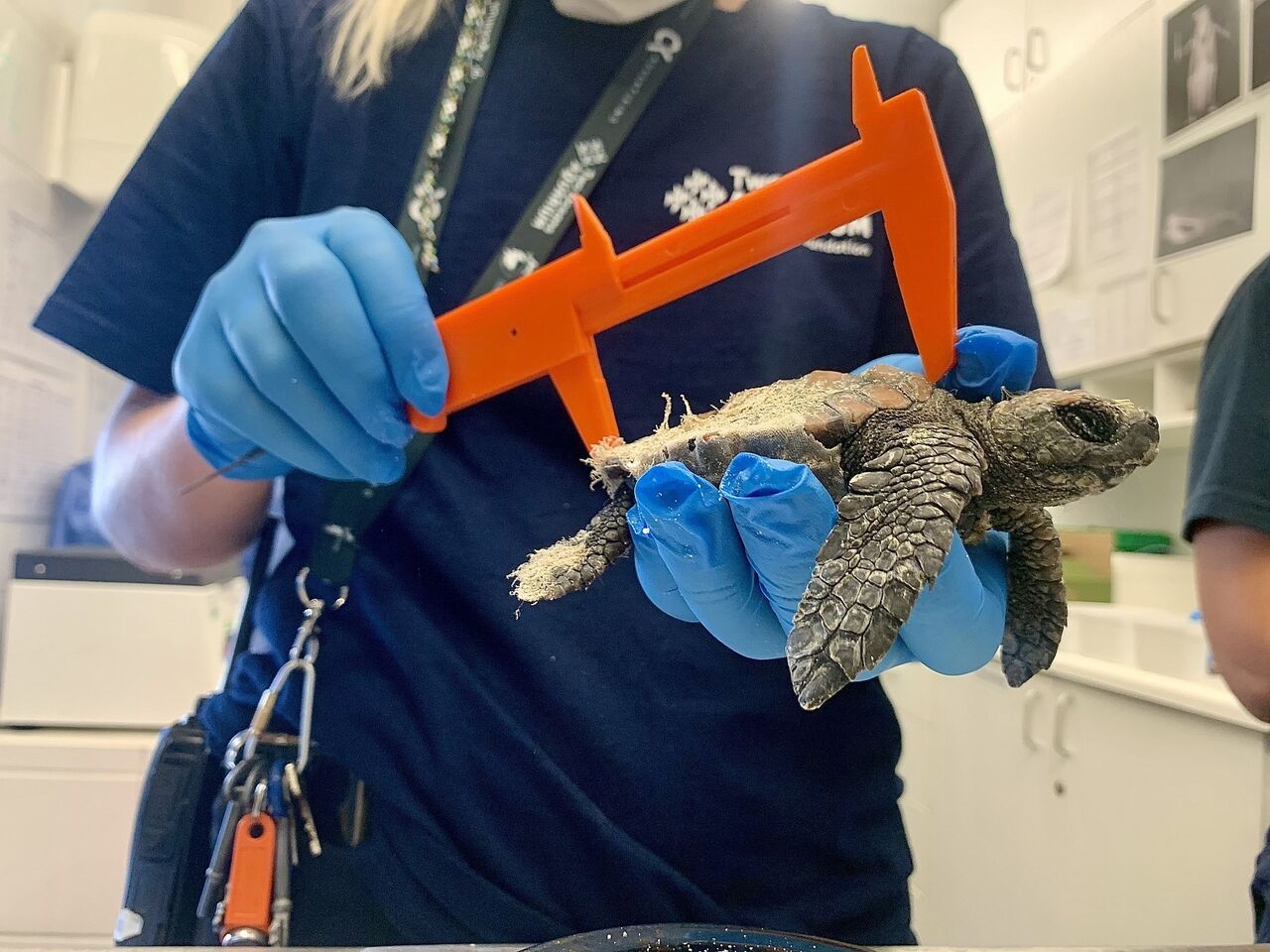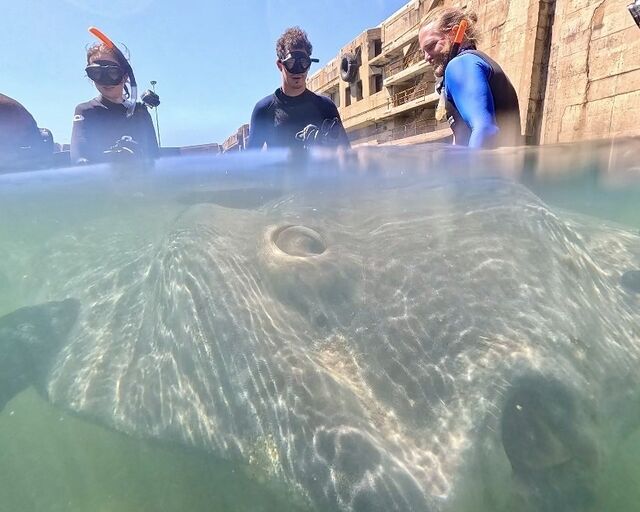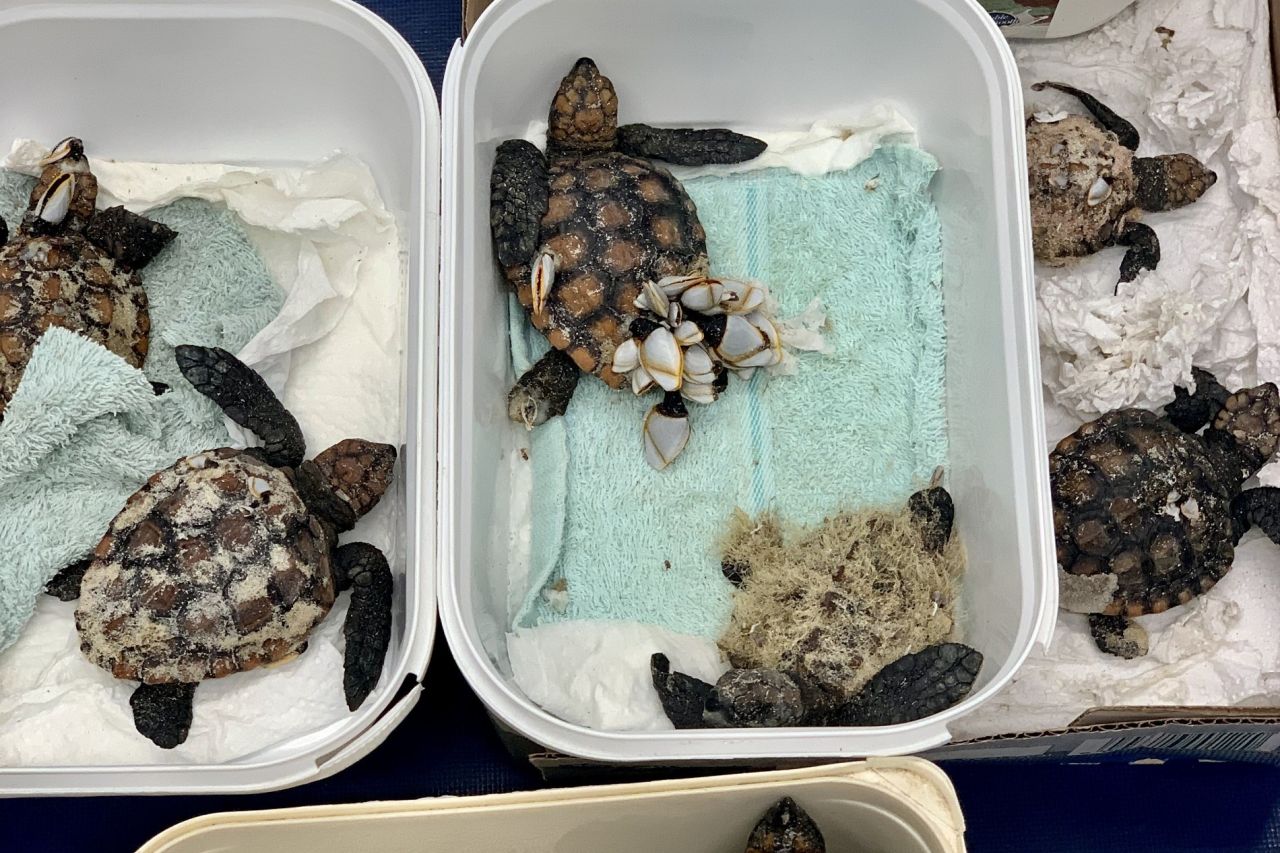
Many tiny turtle hatchlings become stranded on the Western Cape's coastline each year - only a few months old, these are hatchlings that begin life on the beaches of northern KwaZulu-Natal. Whether it's due to swallowing plastic and getting infected, being attacked by a predator, or simply bad luck, these hatchlings are the ones that, for whatever reason, get ejected from the warm Agulhas Current and struggle to survive in the cold Cape waters.
A lucky few of these are found by members of the public - and the Turtle Rescue Network then steps in to get them to the Two Oceans Aquarium's turtle clinic as quickly as possible.
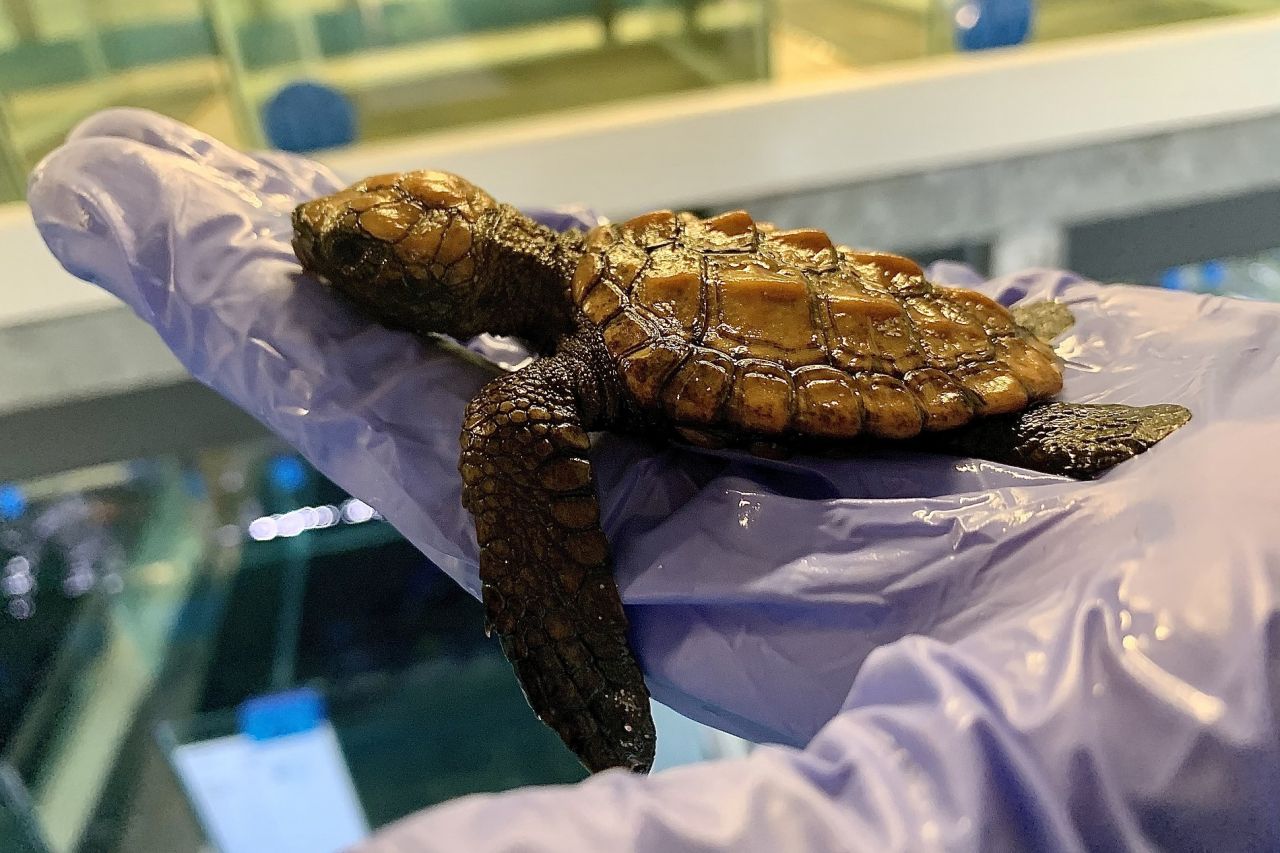
When a turtle arrives at the Aquarium and gets into the hands of the turtle rehabilitation team, the first thing that happens is that it is stabilised. This means that before the team does anything, the little hatchling is placed in a bath of shallow freshwater - shallow enough for it to be able to breathe without lifting its head. This gives the little hatchling a chance to rehydrate and slowly warm up.
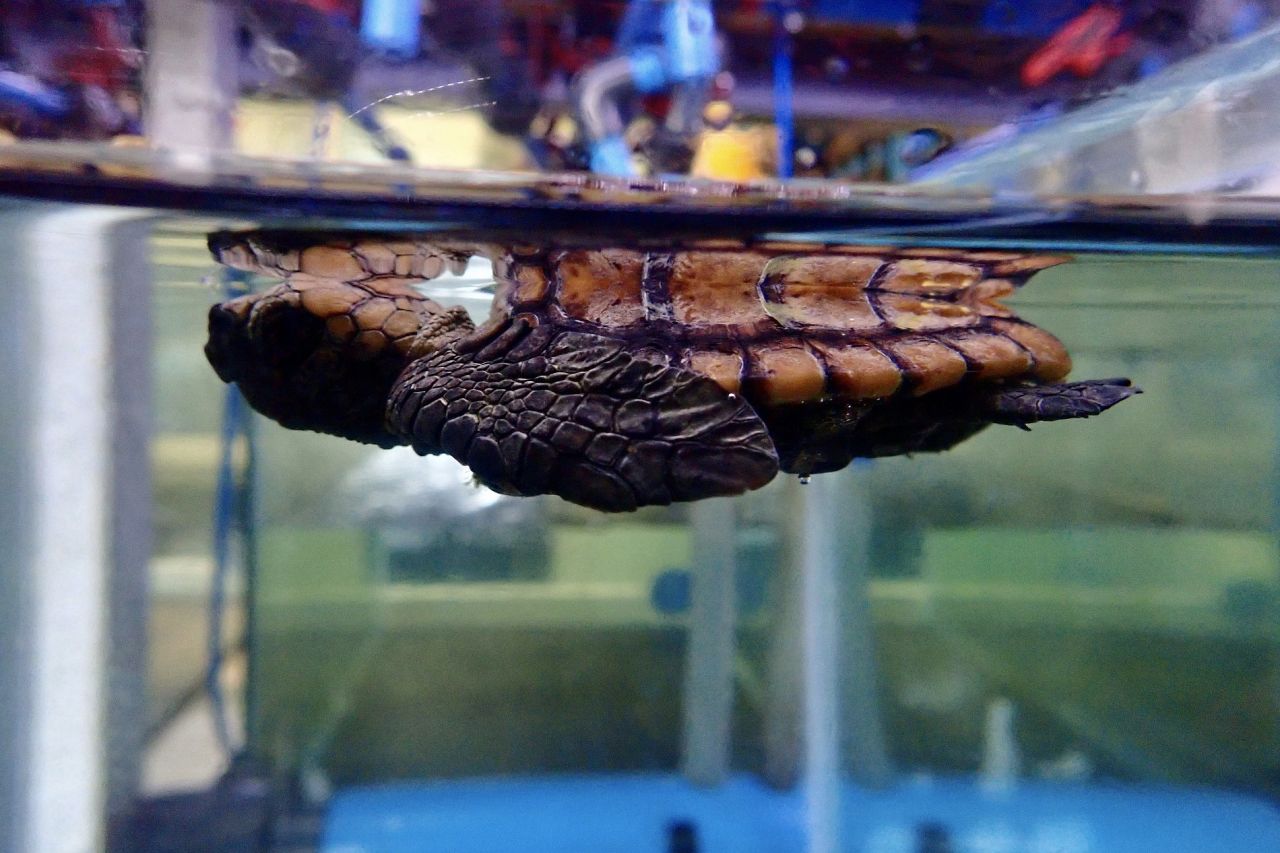
During this time period, the team assesses the alertness and "spunkiness" of the hatchling, giving it up to 24 hours to rest and gain strength before beginning their "arrival protocols."
SAVE OUR TURTLES! Want to support the turtle rescue team? Help out here.
The first step is to take all the turtle's measurements - weight, size, etc. These data help us and the research community learn more about the turtle hatching season, and the growth rate of our local turtles.
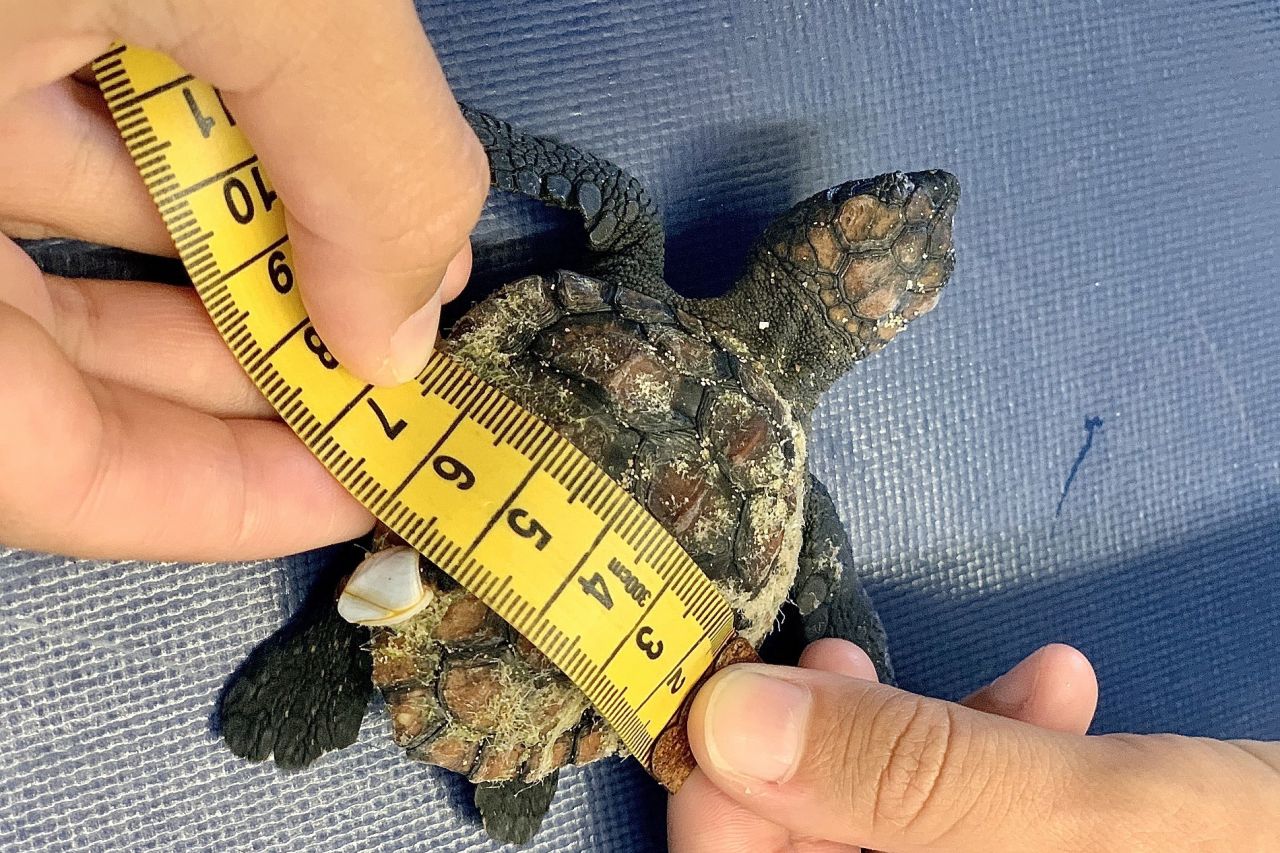
During the cleaning process, the hatchling will get a body examination. This is basically a visual inspection to identify any external wounds or infections that need to be treated. Fortunately, although turtles have slow healing and metabolisms, this also gives the team a chance to be thorough and deliberate in identifying treatment options.
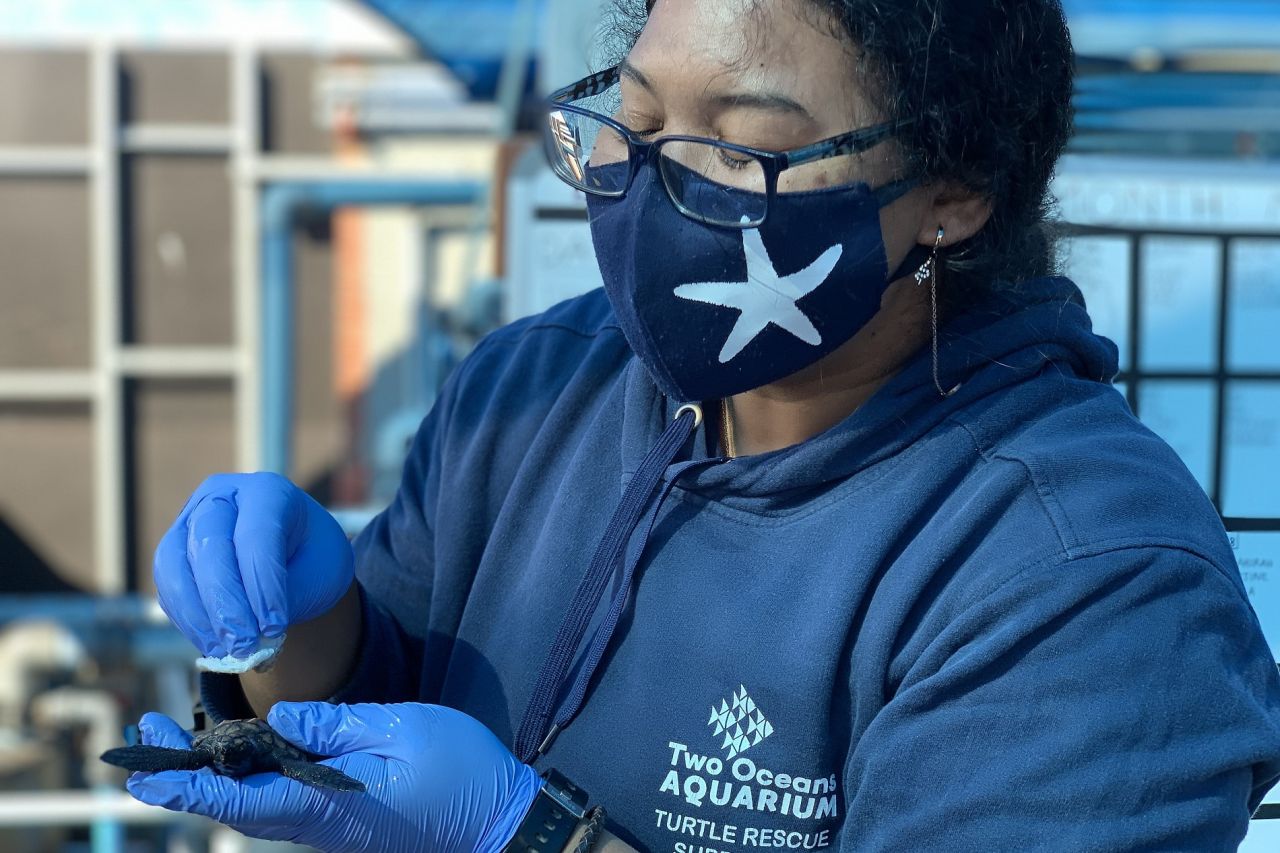
If needed, topical antiseptics and dressings may be applied and a course of antibiotics for the little turtle may be started. At this stage, the team may also decide that a specific turtle needs a slightly different treatment protocol from others - each hatchling is a unique patient!
Once the turtle starts showing movement and a bit more spunk, the team begins to offer it food. If a turtle has a strong appetite, it's usually a good sign!
Meals are offered in small portions until the little one starts pooping and we can confirm that its digestive system is working normally - often there are internal troubles caused by ingested plastic, and the easiest first step to spotting them is monitoring the turtle's input and output.
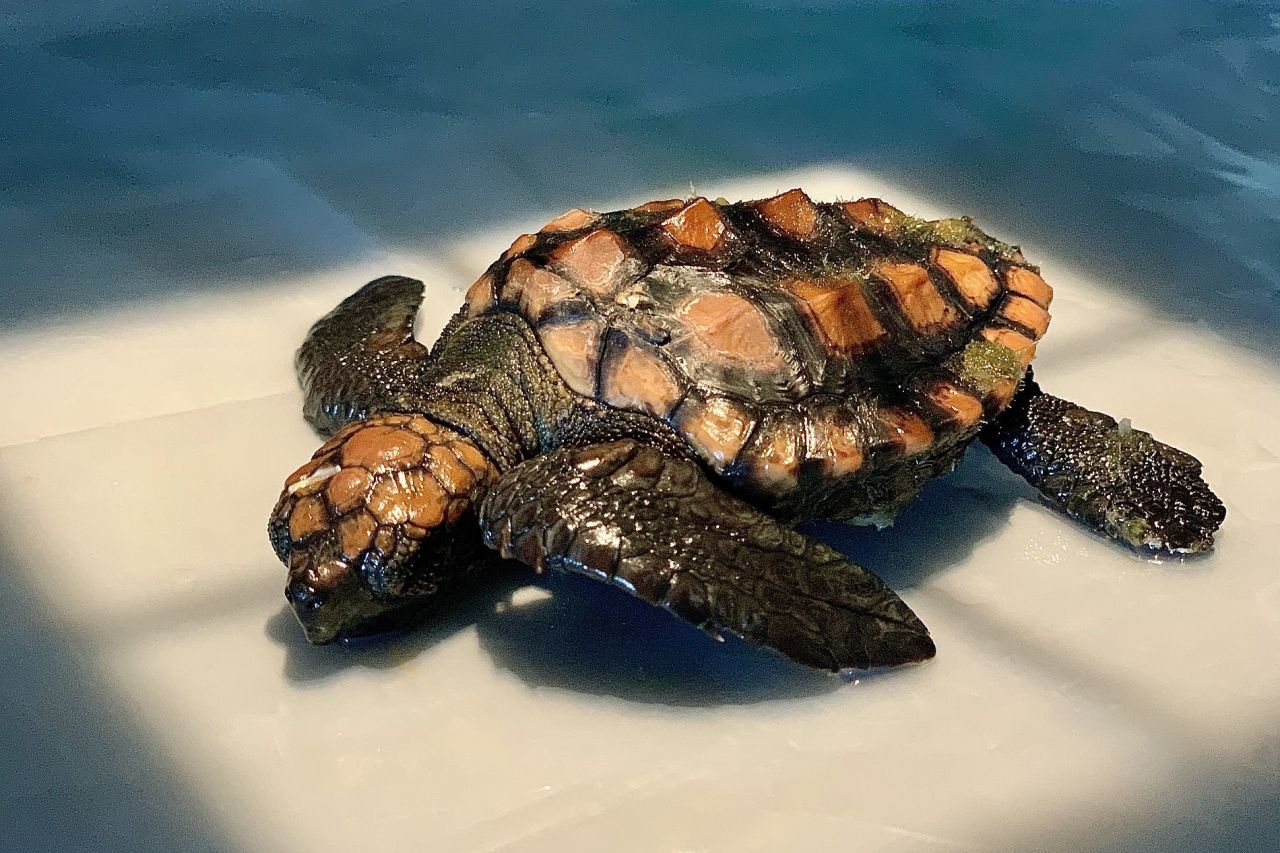
From here, each turtle is treated uniquely and they begin whatever course of treatment is required to get them fit and healthy to be released the next summer. Sometimes, all a hatchling needs is supportive care and a bit of love, sometimes further examinations like x-rays and contrast studies are needed and a hatchling may need assistance to pass plastic waste.
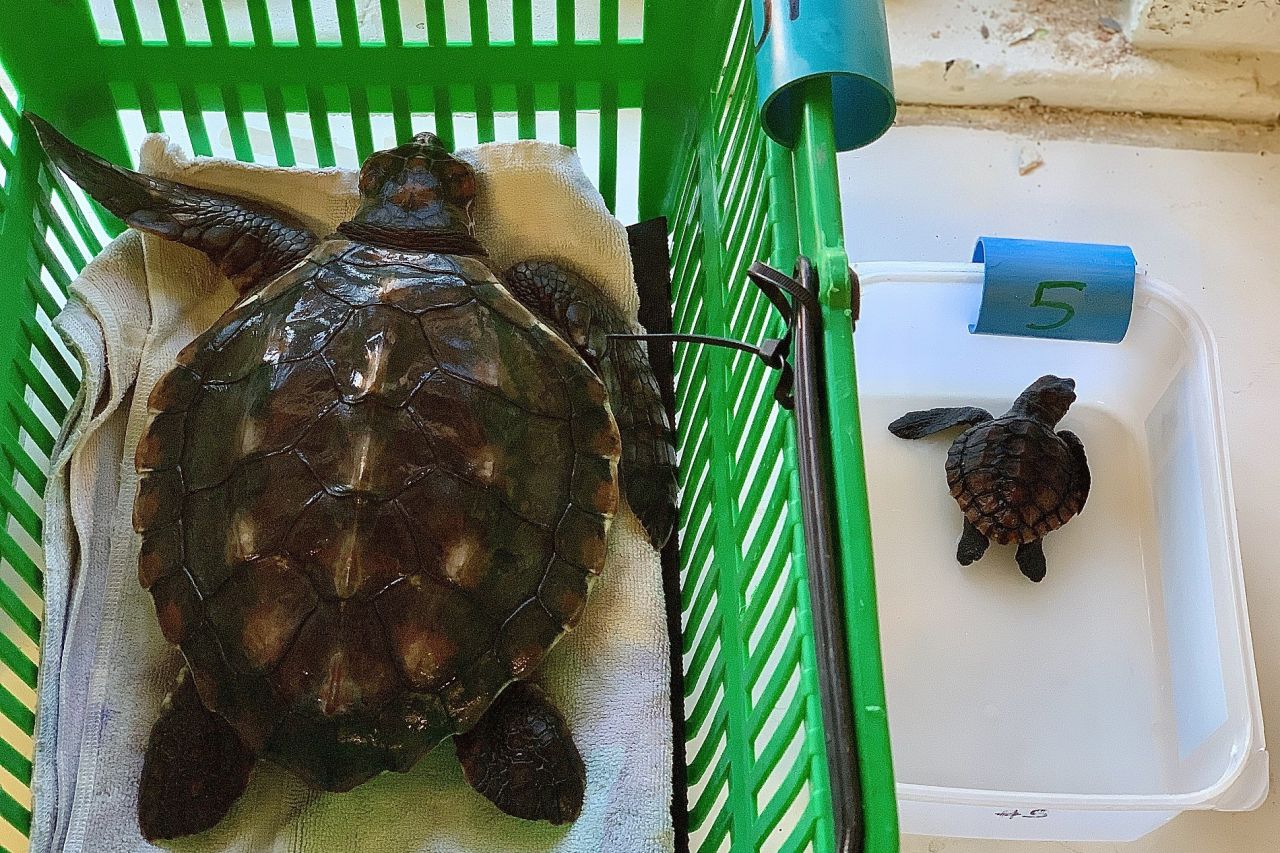
Every effort is made to Save Our Turtles! If you'd like to support the work of the Two Oceans Aquarium Foundation and the team of turtle carers, you can find out how here.
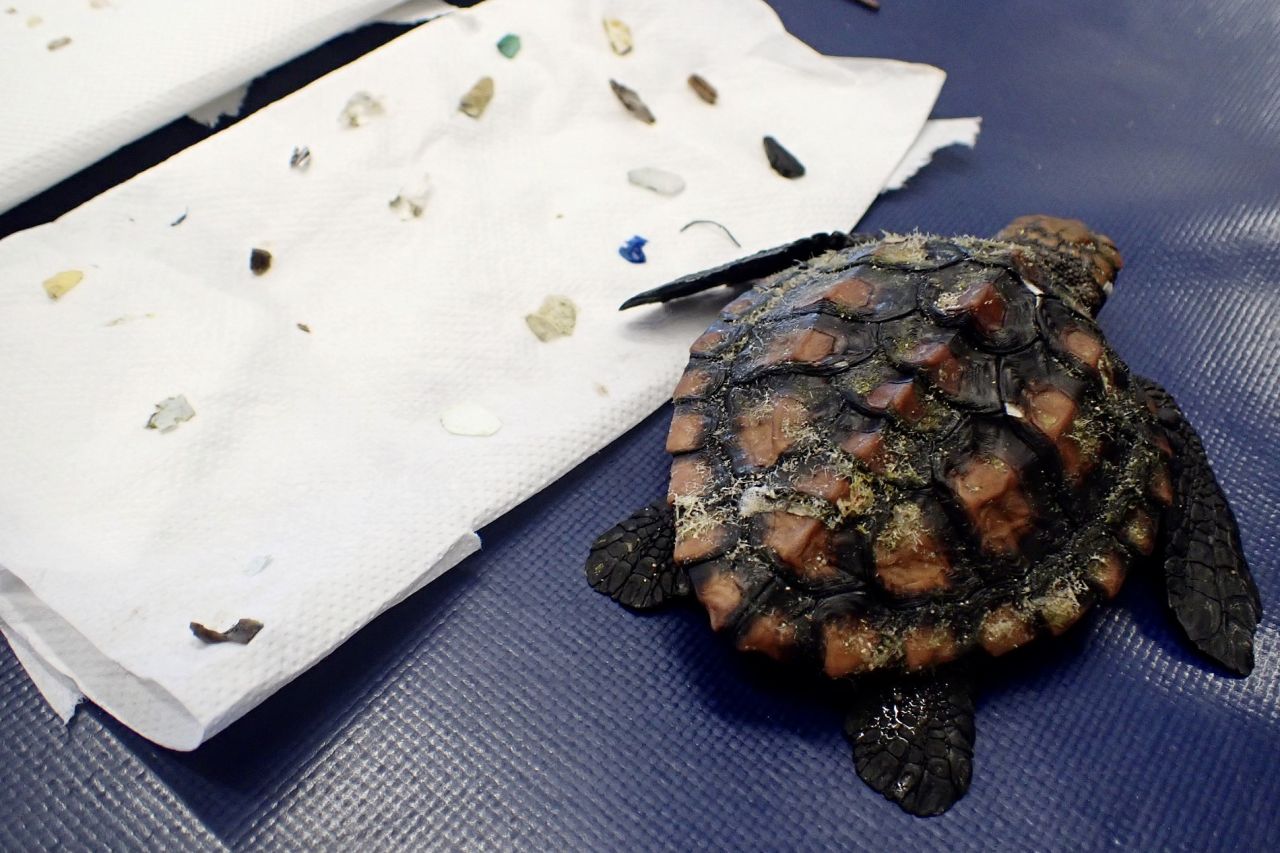
Related News
Sign up to our Newsletter
Receive monthly news, online courses and conservation programmes.
